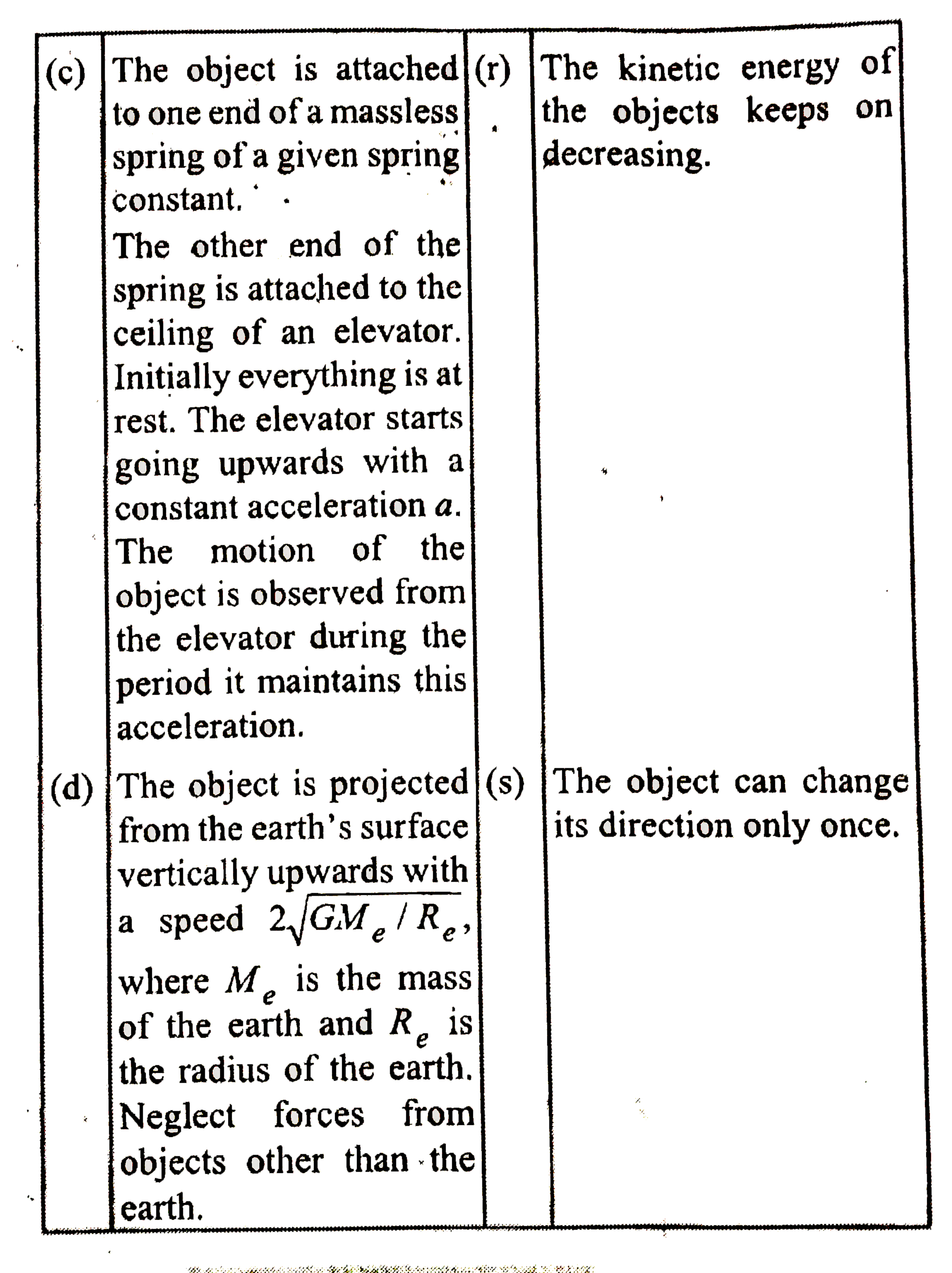Some of the characteristics of Bt cotton are
long fibre and resistance to aphids
medium-yield, long fibre and resistance to beetle pests
high yield and production of toxic protein crystals which kill dipteran pests
high yields and resistance to bollworms
The correct Answer is:D
Step-by-Step Solution:
1. Understanding Bt Cotton:
- Bt cotton is a genetically modified organism (GMO) that incorporates a gene from the bacterium *Bacillus thuringiensis* (Bt).
- This bacterium produces a protein known as the Bt toxin, which is toxic to certain pests.
2. Function of Bt Toxin:
- The Bt toxin specifically targets and kills insects such as Lepidopterans (e.g., cotton bollworm), Dipterans, and Coleopterans.
- This helps in protecting the cotton plants from these harmful pests, leading to healthier crops.
3. Key Characteristics of Bt Cotton:
- High Yield: Bt cotton generally has a higher yield compared to non-Bt cotton because it suffers less damage from pests.
- Resistance to Pests: Bt cotton is particularly resistant to the cotton bollworm, which is a significant pest for cotton crops.
- Production of Toxic Protein: The plant produces the Bt toxin, which acts as an insecticide, protecting it from pest infestations.
4. Cry Genes:
- The production of the Bt toxin in cotton is due to the presence of specific genes known as Cry genes, specifically Cry1AB and Cry2AB.
- Cry1AB provides protection against the corn borer, while Cry2AB protects against cotton bollworm.
5. Conclusion:
- The main characteristics of Bt cotton include high yield and resistance to pests, particularly the cotton bollworm, due to the production of the Bt toxin.
Final Answer:
Some of the characteristics of Bt cotton are:
- High yield
- Resistance to cotton bollworm
- Production of the Bt toxin which acts as an insecticide.
---
- Bt cotton is a genetically modified organism (GMO) that incorporates a gene from the bacterium *Bacillus thuringiensis* (Bt).
- This bacterium produces a protein known as the Bt toxin, which is toxic to certain pests.
- The Bt toxin specifically targets and kills insects such as Lepidopterans (e.g., cotton bollworm), Dipterans, and Coleopterans.
- This helps in protecting the cotton plants from these harmful pests, leading to healthier crops.
- High Yield: Bt cotton generally has a higher yield compared to non-Bt cotton because it suffers less damage from pests.
- Resistance to Pests: Bt cotton is particularly resistant to the cotton bollworm, which is a significant pest for cotton crops.
- Production of Toxic Protein: The plant produces the Bt toxin, which acts as an insecticide, protecting it from pest infestations.
- The production of the Bt toxin in cotton is due to the presence of specific genes known as Cry genes, specifically Cry1AB and Cry2AB.
- Cry1AB provides protection against the corn borer, while Cry2AB protects against cotton bollworm.
- The main characteristics of Bt cotton include high yield and resistance to pests, particularly the cotton bollworm, due to the production of the Bt toxin.
Some of the characteristics of Bt cotton are:
- High yield
- Resistance to cotton bollworm
- Production of the Bt toxin which acts as an insecticide.
Topper's Solved these Questions
- BIOTECHNOLOGY AND ITS APPLICATIONBOOK - NCERT FINGERTPS ENGLISHCHAPTER - BIOTECHNOLOGY AND ITS APPLICATIONEXERCISE - HOTS
7 Videos
- BIOTECHNOLOGY AND ITS APPLICATIONBOOK - NCERT FINGERTPS ENGLISHCHAPTER - BIOTECHNOLOGY AND ITS APPLICATIONEXERCISE - EXEMPLAR
15 Videos
- BIOTECHNOLOGY - PRINCIPLES AND PROCESSESBOOK - NCERT FINGERTPS ENGLISHCHAPTER - BIOTECHNOLOGY - PRINCIPLES AND PROCESSESEXERCISE - Biotechnology - Principles And Processes
139 Videos
- ECOSYSTEMBOOK - NCERT FINGERTPS ENGLISHCHAPTER - ECOSYSTEMEXERCISE - Ecosystem
140 Videos
Similar Questions
Knowledge Check
Bt toxins are
Aintracellular lipidsBintracellular crystalline proteinsCextracellular crystalline proteinsDintracellular polysaccharides
Some characteristics of velocity on displacement-time graph are show on graphs below. Which graph correctly represents the characteristics :




View SolutionColumn I describes some situations in which a small object moves. Column II describes some characteristics of these motion. Match the situtions in column I with the characteristics in column II.


View SolutionThe process of changing some characteristic of a carrier wave in accordance with the intensity of the signal is called.
View SolutionDescribe some fundamental characteristic of statistics.
View SolutionBt cotton is not
View SolutionBt cotton is not
View SolutionDust seeds are characteristic of some
View Solution
